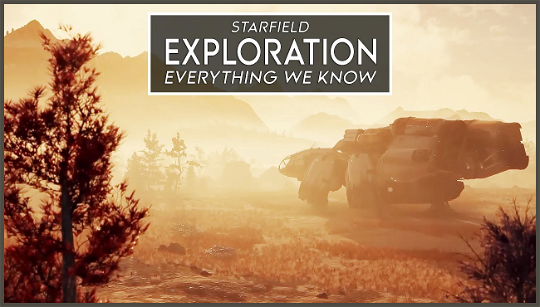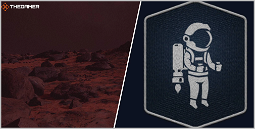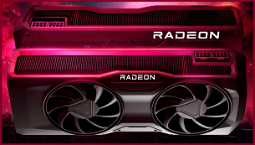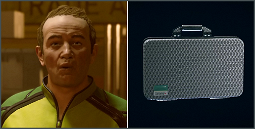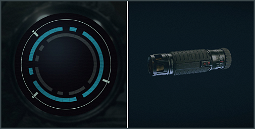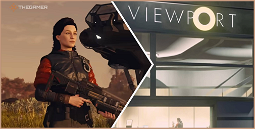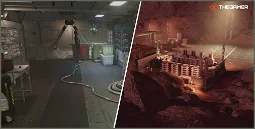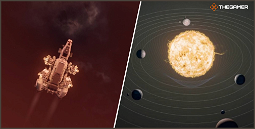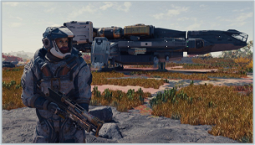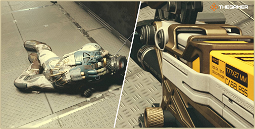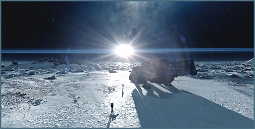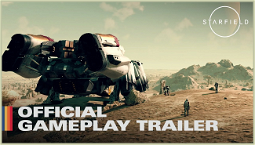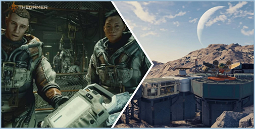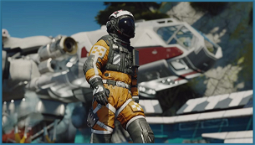Starfield's Planets: Invisible Wall Limitations
One of the most exciting aspects of Starfield is its planets, and many players have already spent hours exploring them. But after about ten minutes of sprinting, it seems you’ll run into an invisible wall that limits your exploration. While some players are quick to call this a deal-breaker, others argue that No Man’s Sky’s endless exploration isn’t necessarily better.
“This makes me sad,” one user writes. “Sprinting for hours on end across a planet until you get to the next one is an amazing experience, especially with the music and sounds. But having an invisible wall in the way breaks the immersion.” Other users suggest alternative barriers like dust storms or physical obstacles.
“I propose we all stop sprinting at 9 minutes and 55 seconds,” another writes, “to maintain our immersion.” Others express disappointment and concern about the potential laziness implied by the invisible wall, alongside some less serious jabs at Bethesda and its games.
“Hey Bethesda, I’m gonna spend 30 hours on this one planet and then move onto the next one,” one writes. “This time, I’ll spend another 30 hours on this planet before moving on. And another. And another. And another.” They continue, “Oh, but I’ll spend more time on your handcrafted planets, I’m sure.”
While some see this as a jab at Bethesda’s perceived lack of effort in creating Starfield’s planets, others see it as a reasonable limitation. After all, you are likely to spend more time on the carefully crafted planets, which are designed to be visited multiple times. One user suggests an oxygen supply that runs out as an alternative to the invisible wall, but another prefers the wall over a time limit.
“We’re dealing with a game that has the potential to be hundreds of times the size of Skyrim,” one user writes. “I’m not even sure I’d notice if there was no invisible wall to stop me from sprinting forever.” Another writes that “there are technical limitations to the engine and procedural generation system that I assume led to the decision to implement an invisible wall.”
Some write that they are concerned that Starfield’s planets will be too small in comparison to Skyrim, and that the wall is a fix for this problem. Others compare the size of Starfield’s planets to Skyrim, noting that the wall may not be a significant limitation. It is also mentioned that landing zones on planets are procedurally generated and may remain the same after initial generation.
One user writes that, “The game world is divided into cells with boundaries,” but other users are quick to point out that this statement is not entirely true. “The true nature of the game will be revealed in the future,” one writes. Another writes that “No Man’s Sky had similar limitations” but admits that the game is boring and uninteresting.
One user suggests a timer based on toxicity or radiation levels as a limitation, but others write that they’d prefer the freedom to explore the planets and ignore the timer. Overall, the consensus seems to be divided between those who find the invisible wall immersion-breaking and those who see it as a reasonable limitation for procedural planets.
Check out everything we know about Starfield’s planets and how they’re different to those in Fallout 4. You can also get a glimpse at the Starfield map, or read about the multiplayer mode that’s been revealed for Bethesda’s space game.
